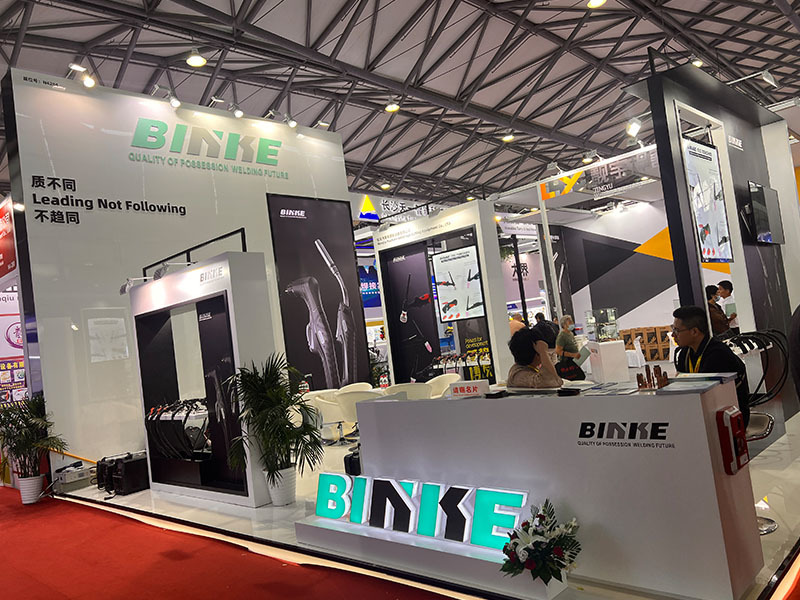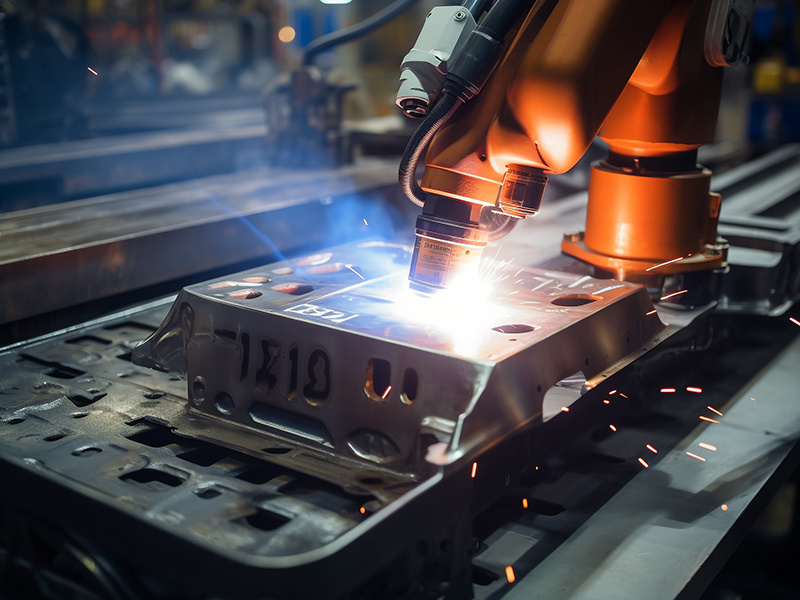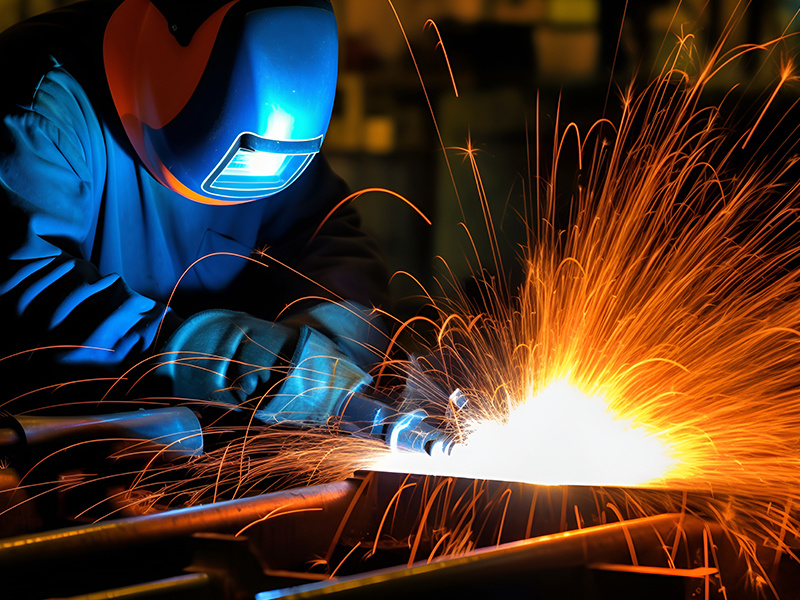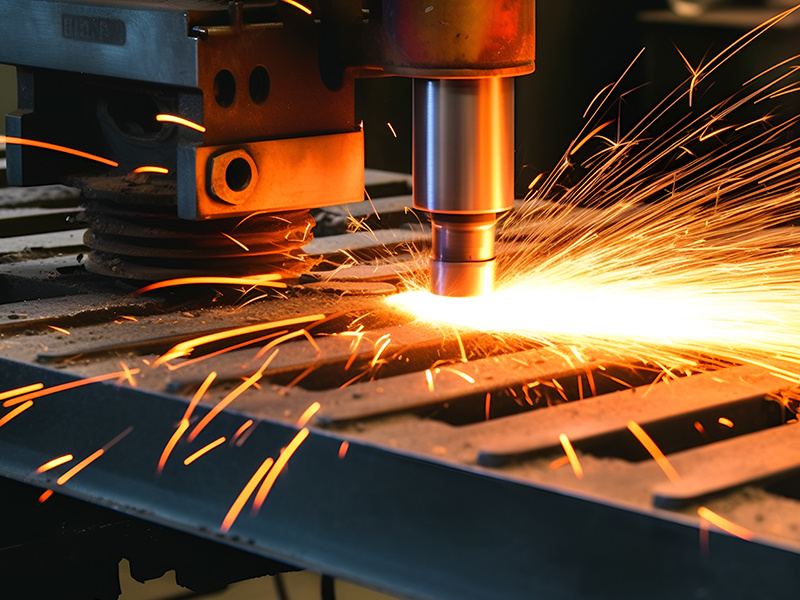Principle of welding
Release Time:
Jun 07,2024
The principle of welding is the process of binding two or more metal workpieces together by heating them to a molten state and then allowing them to cool and solidify. Depending on the welding method, this process may involve generating enough heat to melt the metal through an electric arc, gas flame, laser, or other heat source.

The principle of welding is the process of binding two or more metal workpieces together by heating them to a molten state and then allowing them to cool and solidify. Depending on the welding method, this process may involve generating enough heat to melt the metal through an electric arc, gas flame, laser, or other heat source.
The following are several common welding methods and their principles:
Arc welding: Use the arc as a heat source to melt metal. The welding machine reduces the voltage or direct current through the pressure reducer and enhances the current. The resulting electrical energy is converted into heat energy, which melts the electrode and weldment. The coating of the electrode helps protect the welding area from oxidation and nitriding.
Laser welding: The use of laser as an energy source, focused on the metal surface, through the high power density of the laser beam to melt the metal, forming a welded joint. Laser welding can be heat conduction welding (for thin materials) or deep penetration welding (for thick materials), which can create small holes inside the metal to achieve a weld with a large depth to width ratio.
Gas welding: Use a gas flame (such as an oxyacetylene flame) as a heat source to melt metal. Adjusting the gas pressure and mixing ratio can control the temperature and shape of the flame, which is suitable for welding a variety of metals.
In short, whichever method is used, the core somehow generates enough heat to melt the metal and form a strong joint when cooled.
What Else Might You Learn?






